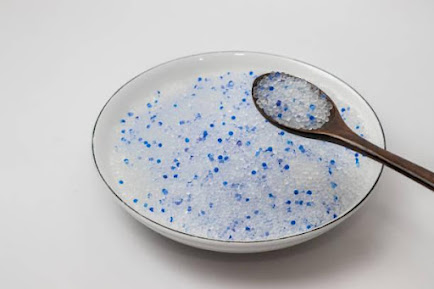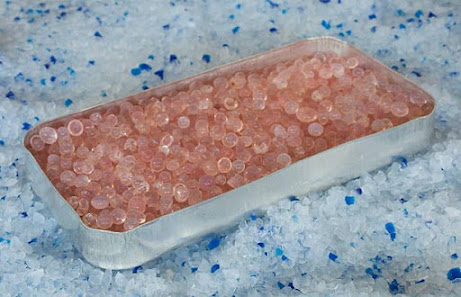Adsorption Characteristics of Silica Gel
Many products and processes can be affected by humidity. It can harbor microorganisms that could make them more vulnerable to infection. Silica gel is one the most widely used desiccants. This can be easily solved. It is very similar to large grains white sand. There are many types of desiccants that can be used for different purposes. This particular desiccant can absorb a lot, making it an ideal choice for areas that need tight moisture control. Another advantage is its inert status, which means that silica gel doesn't react with other chemicals. These properties make it suitable for use in chemical factories and other places. The material is non-toxic and can be stored in freezers or refrigerators without posing any danger to your health.
Research has shown that the internal network of pores in the desiccant can absorb as much as 800m2 water per gram. This is an indication of the substance's high absorbtion power. This desiccant wasn't really used until World War 1. It was used to absorb toxic chemicals and gases in gas masks. It was also used to protect supplies of medicine and other items in military camps for several days.
These factors are why this particular desiccant has become so popular. It is worth it for one thing. You can also recycle and reuse the desiccant. You can reuse it by heating it and drying out any moisture. You can reuse it multiple times to extend its life span. You can typically recondition this desiccant by heating it to 300 degrees Celsius. It might be helpful to know that the material has a melting temperature of approximately 1600 degrees Celsius. This is quite high.
You can purchase this desiccant from many reputable companies. Talk to your silica gel producer to determine the exact quantity and type of silica beads that you will require.
These desiccants are the result of first-rate chemical engineering. It is therefore important to only choose a reliable manufacturer. It is important to remember that silica gel can sometimes be called "gel", but actually it comes in the form of hard beads. It is an amorphous synthetically produced silicon dioxide that is highly versatile when used as desiccant Desiccant Manufacturing Company in India.




Comments
Post a Comment